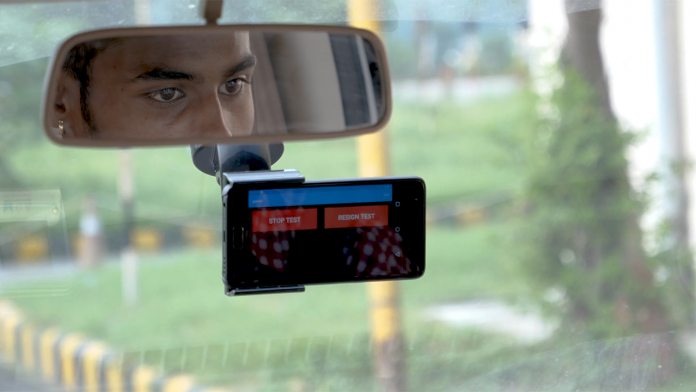To assess drivers, HAMS uses the wealth of sensors already in smartphones. The GPS and accelerometer can be used to determine the route and the severity of braking. Meanwhile, the phone’s front-facing and rear cameras both check the driver’s awareness and ability to perform maneuvers. “The research challenges we address in HAMS pertain to effective detection and monitoring in challenging settings. Some of these challenges arise because HAMS is retrofitted onto legacy vehicles, and so it must contend with variation in vehicle configuration, driver seating, and even the smartphone mounting,” said Microsoft in a blog post. “Other challenges arise because of our goal to be broadly applicable, including in regions where we cannot count on well-marked, fixed-width lanes, for instance, to perform vehicle ranging. We also address the challenge of efficient operation on a smartphone with modest resources, for instance, by combining accurate deep learning models with less expensive traditional computer vision techniques.”
As well as driving tests, the software has been explored for use in a fleet management dashboard, which would let supervisors view safety incidents offline. It’s also been used in driver training via IDTR. The solution is particularly desirable due to its low cost and easy implementation. In India, Microsoft says there’s a road fatality in the country every four minutes, accounting for 20% of the world’s total each year. The hope is that such a solution can be a concrete help in road safety, notifying users when they look fatigued or distracted, for example. You can read more about the research here.




